Table of Contents
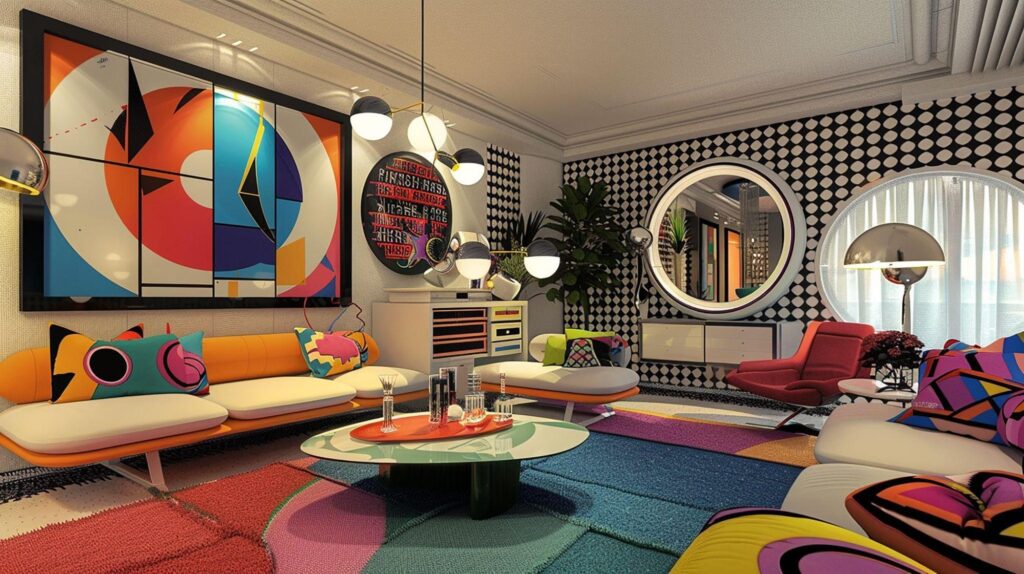
After years of sparse, white-walled interiors dominating design magazines and social media, the minimalist aesthetic that defined the last decade is officially on the decline. In its place, a richer, more personalized approach to interiors is emerging—one that celebrates individuality, comfort, and the authenticity that comes from spaces evolving rather than being created in a single, perfectly curated moment.
Find out why minimalist interiors are out—and what’s in, with fresh design trends bringing warmth, character, and personality to homes.
The Emotional Backlash Against Minimalism
The minimalist movement promised liberation through reduction—fewer possessions would lead to greater happiness. But for many, this aesthetic ideal created homes that felt more like galleries than living spaces. The pristine environments looked impressive in photographs but often felt sterile and impractical for everyday life.
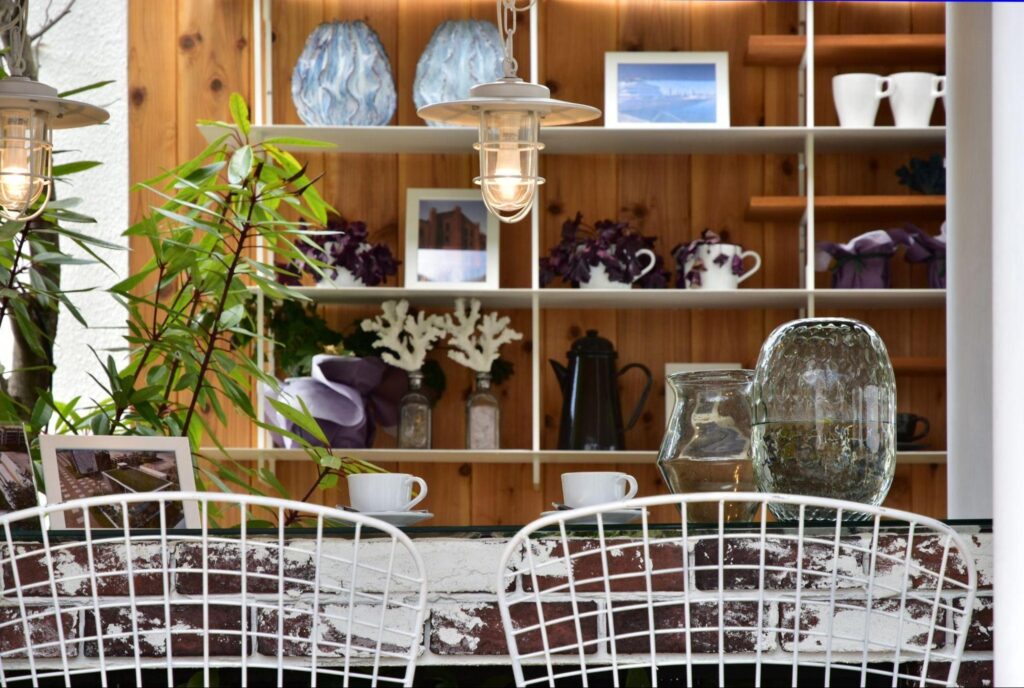
“People are tired of living in spaces that feel like they’re trying too hard,” explains interior designer Sophia Chen. “There’s been a collective realization that extreme minimalism creates its form of pressure—the constant vigilance required to maintain that perfect emptiness becomes its burden.”
This emotional fatigue intensified during pandemic lockdowns when many found themselves confined within sparse spaces that offered little comfort or sensory stimulation. The resulting shift has been decisive: homes are becoming more personal, layered, and reflective of actual lives rather than aspirational images.
Maximalism Reimagined for Modern Sensibilities
The pendulum hasn’t simply swung to the Victorian-era clutter of traditional maximalism. Instead, a more thoughtful approach is emerging that might best be described as “intentional abundance.” This new aesthetic maintains minimalism’s thoughtfulness about what enters the home but releases its rigid restrictions on quantity and visual variety.
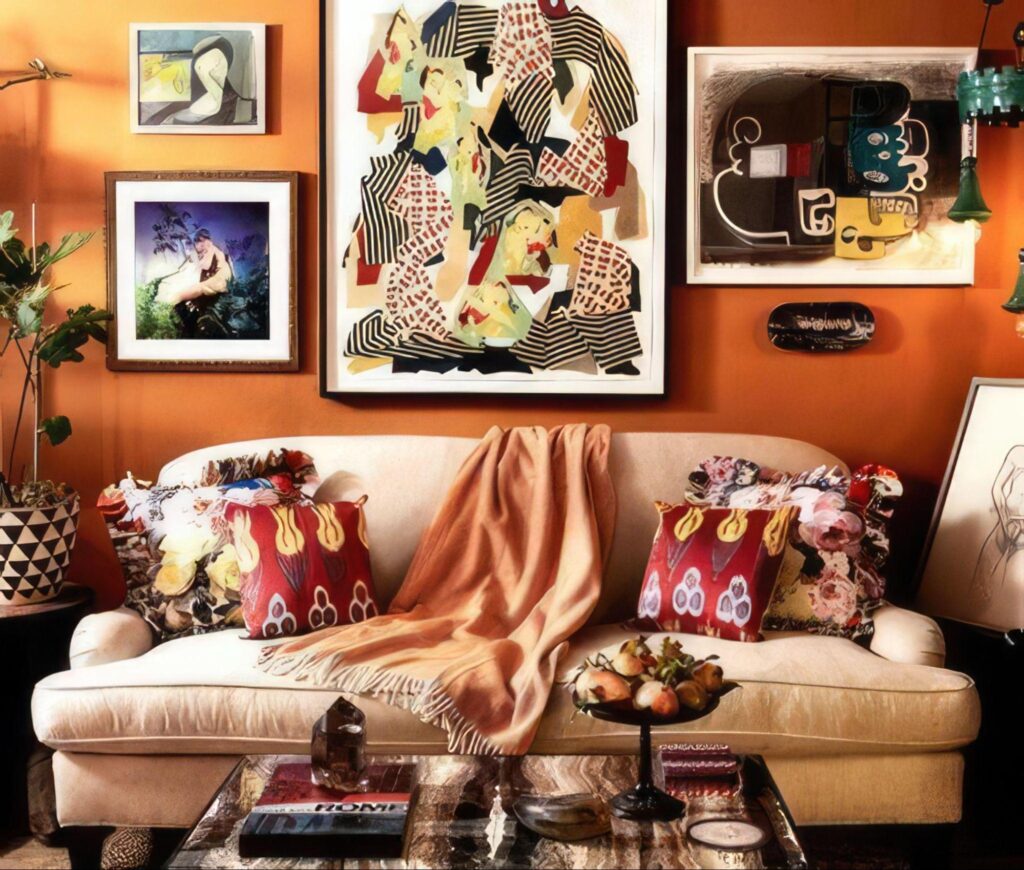
Color has returned with enthusiasm. The all-white and greige interiors that defined minimalist spaces are giving way to rich, saturated hues used with confidence. Walls are becoming canvases for expression rather than blank backdrops, with deep blues, forest greens, and even carefully considered blacks creating enveloping environments.
Pattern mixing once considered a design taboo, has reemerged as a sophisticated approach to creating visual interest. The key difference from previous maximalist periods is in the execution—today’s pattern play tends to maintain cohesive color stories that create harmony despite varied designs.
The New Collectors: Curation Without Sterility
Object display has returned to prominence, with collections becoming important elements of personal expression. Unlike the random accumulation of previous decades, today’s approach to collecting maintains a curatorial thoughtfulness influenced by minimalism’s best lessons.
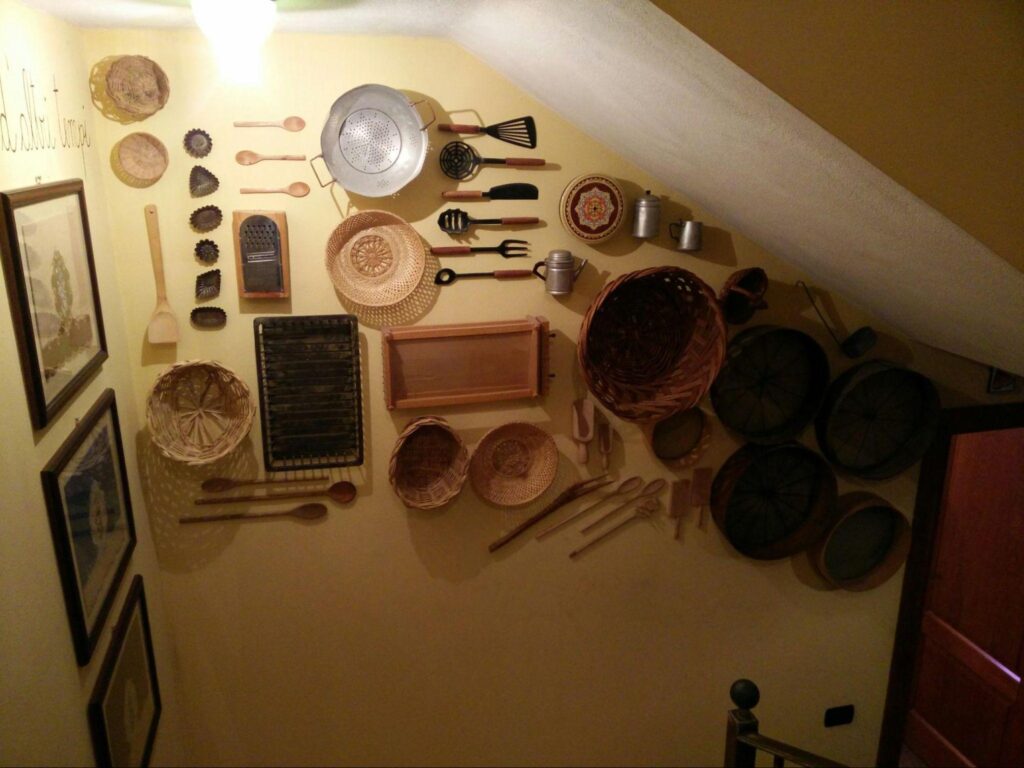
“We’re seeing clients who want to display things that have genuine meaning,” notes interior stylist Marcus Lee. “The difference is that these aren’t collections assembled overnight to create a look—they’re reflections of experiences, travels, heritage, and personal interests that have developed authentically over time.”
This shift values the stories behind objects as much as their aesthetic contribution. Souvenirs from meaningful trips, family heirlooms, and handcrafted pieces with visible evidence of their makers’ hands all contribute to environments that feel genuinely personal rather than assembled from a catalog.
Comfort Reclaims Priority Over Form
Perhaps the most significant shift has been the return of genuine comfort as a design priority. The hard-edged, photogenic furniture that characterized minimalist interiors is being replaced by pieces that invite actual relaxation and extended use.
Oversized, cloud-like sofas with generous proportions have replaced the taut, structured seating that dominated the minimalist era. Performance fabrics in rich textures allow these comfort-focused pieces to maintain visual appeal while standing up to real-life use.
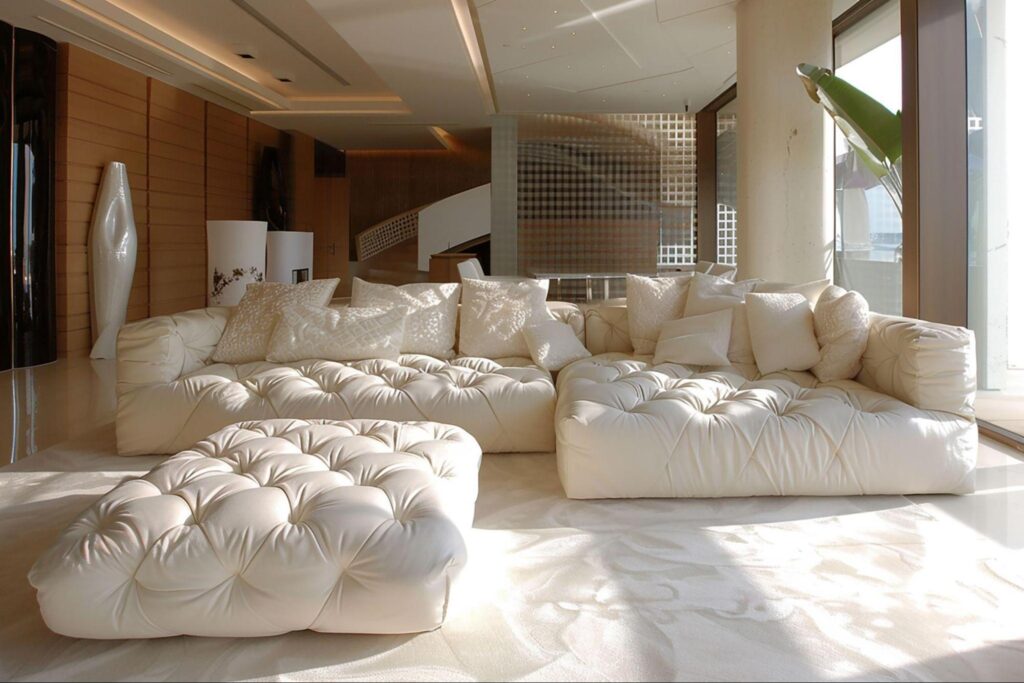
This comfort priority extends beyond seating to the overall sensory experience of interiors. Layered lighting that creates ambiance rather than the stark, general illumination of minimalist spaces adds warmth and dimension. Varied textures invite touch, creating environments that engage multiple senses rather than just serving visual simplicity.
Sustainability Through Permanence Rather Than Reduction
While minimalism often claimed environmental virtue through reducing consumption, the movement’s aesthetic purity often led to discarding perfectly functional items that didn’t fit the desired look. The new approach embraces sustainability through longevity and emotional attachment.
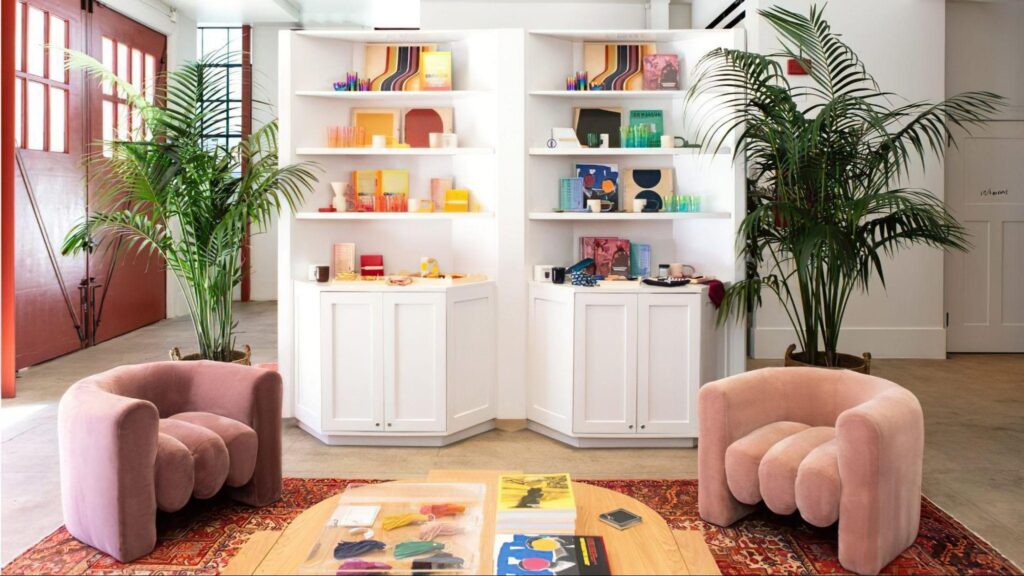
“The most sustainable furniture is the piece you keep forever because you love it,” explains sustainable design advocate Nora Williams. “We’re seeing a return to investment in quality and repairability over trendy disposability.”
This philosophy extends to embracing imperfection in ways minimalism never allowed. Visible repairs, patina that develops with use, and the natural aging of materials are increasingly valued for the character and stories they add to environments.
The Return of Separation and Definition
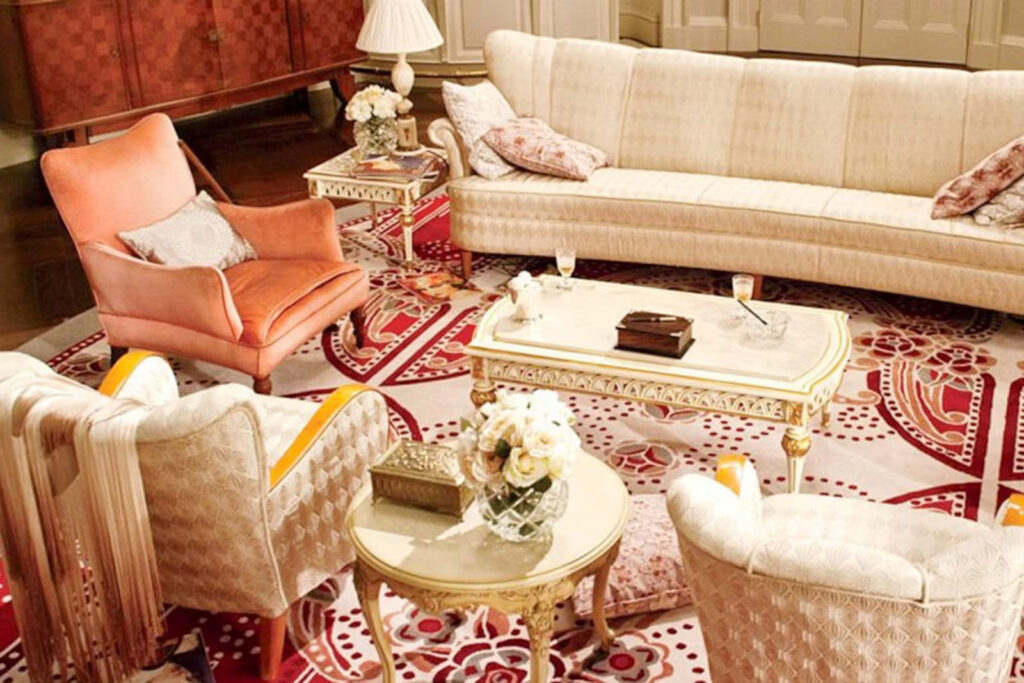
Open concept layouts—the spatial manifestation of minimalist thinking—are giving way to more defined and purposeful rooms. The pandemic revealed the practical limitations of spaces without boundaries, particularly as homes needed to accommodate multiple functions simultaneously.
New construction and renovations increasingly incorporate distinct spaces designed for specific activities rather than vast, multi-purpose areas. This doesn’t mean a return to completely closed floorplans, but rather thoughtful definition through architectural elements like partial walls, double-sided fireplaces, glass partitions, and level changes.
This shift prioritizes functional reality over visual continuity, acknowledging that different activities benefit from appropriate atmospheric conditions. A reading nook benefits from enclosure and acoustic separation, while cooking areas function better with containment of sounds and scents.
How to Navigate the Post-Minimalist Landscape
For those ready to move beyond minimalism but wary of excess, the transition can begin with simple additions that introduce personality without overwhelming spaces:
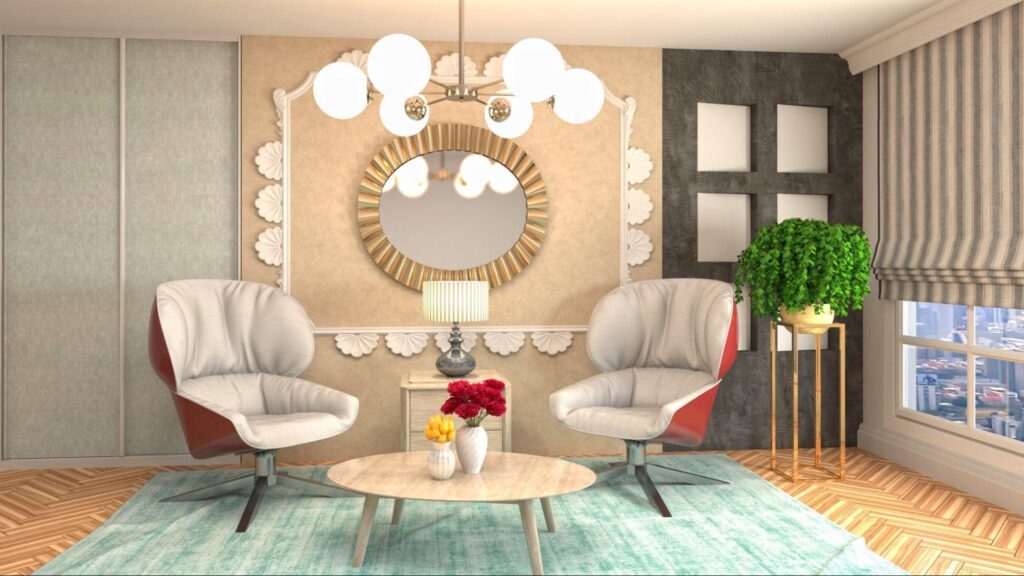
Textiles offer low-commitment opportunities to add color, pattern, and texture. Layering rugs, introducing patterned throw pillows, and hanging actual curtains (rather than minimal blinds) immediately soften minimalist spaces.
Wall treatments beyond plain paint create dimension and interest. Textured plaster finishes, wallpaper (even on a single wall), and intentionally arranged art collections transform flat surfaces into expressive elements.
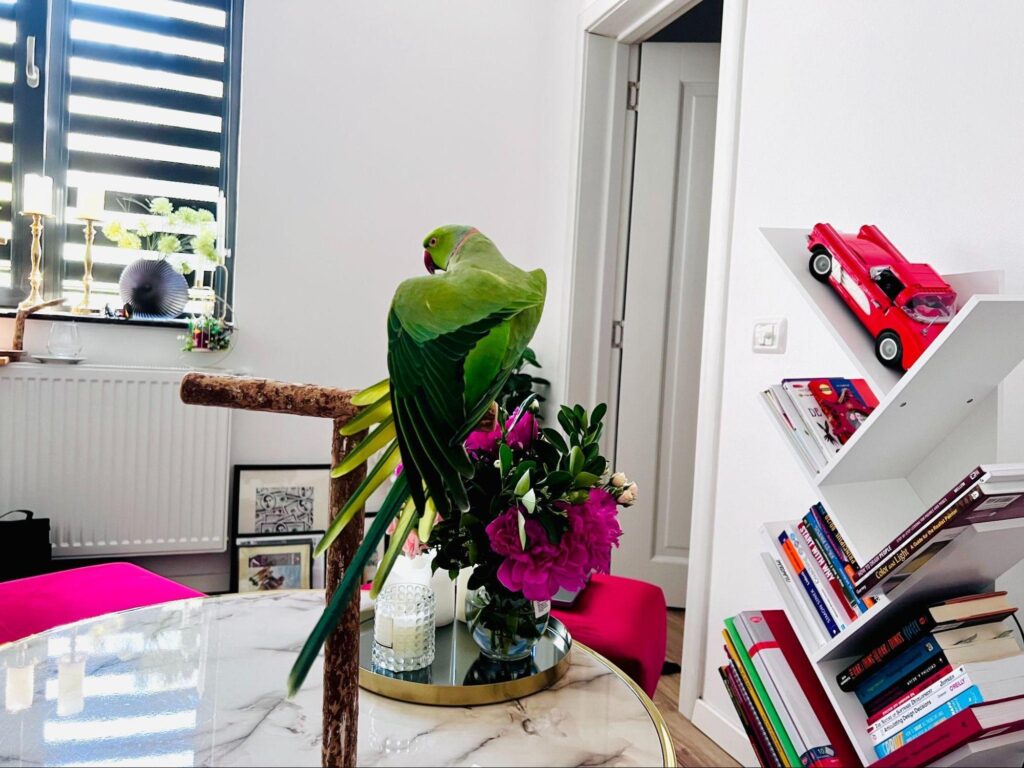
Lighting diversity reduces the stark quality of minimalist interiors. Adding table lamps, floor lamps, and even carefully chosen decorative fixtures creates layers of illumination that enhance the atmosphere rather than just providing visibility.
The post-minimalist interior balances the thoughtfulness of minimalism with the expressive potential of more abundant approaches. The result is spaces that feel both considered and comfortable—environments designed for living rather than just admiring.

Hi, I’m Christian, a 43-year-old father of two and a lifelong DIY enthusiast. My workshop is where I spend countless hours experimenting, upgrading, and fine-tuning. Sharing my experiences and practical advice is my way of helping others create homes they love.



